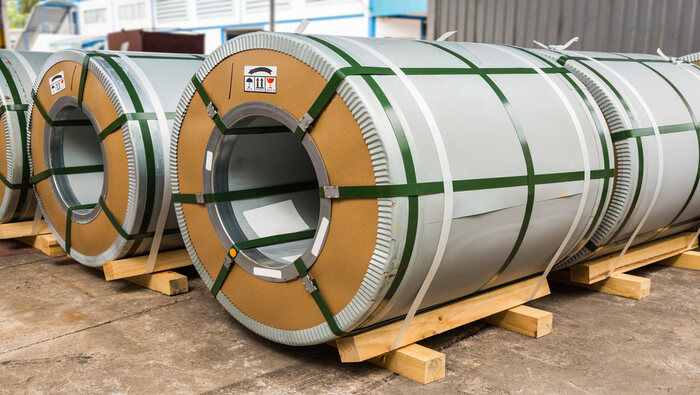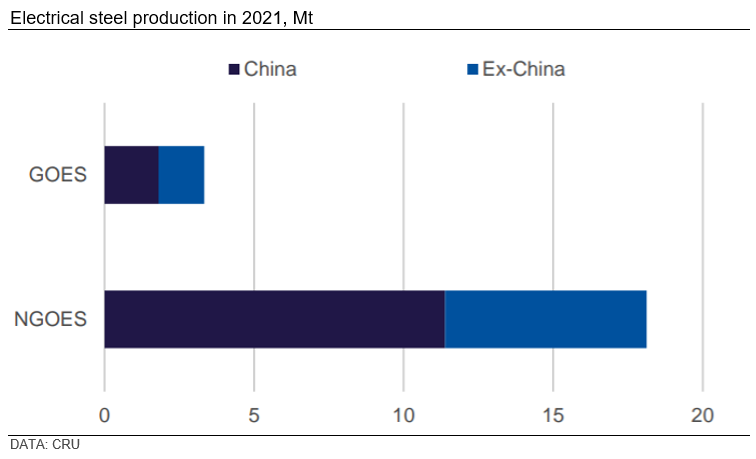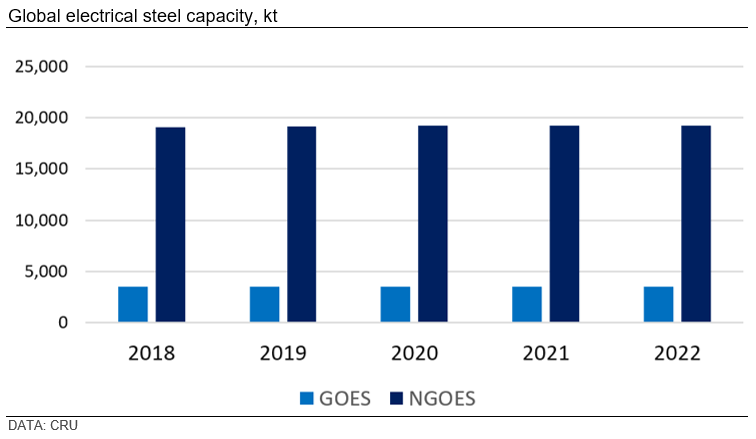Much effort has been made in examining the supply chain of commodities related to electrification: everything from copper to aluminium to critical battery materials such as lithium, nickel and cobalt. One overlooked material, however, is electrical steel. A small, niche segment of the steel industry – everything with a motor and every transformer contains electrical steel. Many questions have been raised regarding the capacity of steelmakers to produce sufficient volumes of electrical steels, particularly as increasing efficiency standards and more challenging applications drive the need for higher-quality, lighter gauge material. The high levels of required capex, combined with complex, somewhat secretive production methods (with some IP issues as well) and finally the potential for materials substitution with a new generation of amorphous steels have left this segment of the market in flux.

Author Brian Schwadron
Principal Consultant View profile
In most applications, steels are selected on the basis of mechanical properties – yield and tensile strength, hardness, toughness, n-values, and so on. Although mechanical properties are also important for electrical steels, it is the magnetic properties that are the key differentiator. High flux density (permeability), which is the amount of magnetisation produced in a material by an electric field) and low core loss, the amount of (unwanted) heat generated by an alternating magnetic field are the most important attributes of electrical steel.
Electrical equipment with rotating parts (such as motors) require steels with isotropic (non-oriented) properties such as fully-processed non-grain oriented electrical steel (NGOES) or semi-processed cold-rolled motor laminates (CRML, a product little seen outside of North America). Stationary electrical equipment (primarily transformers) utilises anisotropic grain-oriented electrical steel (GOES), where proper texture and material alignment allows for significantly higher flux density in the rolling direction.
As transformers are the only major consumer of GOES, the market is significantly smaller for that product than for NGOES, at ~1/3 the demand.

Electrical steels are high in silicon, which adds expense and complexity through the entire production process, including hot rolling, pickling, cold rolling, annealing and temper rolling. The complexity involved in both materials development and production, combined with the relatively small size of the market limit production of these products to a handful of advanced mills, which have seen little reason to increase capacity over the past five years. Expected increases in demand will support capacity increases for certain types of electrical steels over the next few years, but this is not the case for all types of electrical steels.

With this segment undergoing rapid change, CRU will continue to update our clients on developments on both the supply and demand side in the electrical steel space.
Explore this topic with CRU
Author Brian Schwadron
Principal Consultant View profile